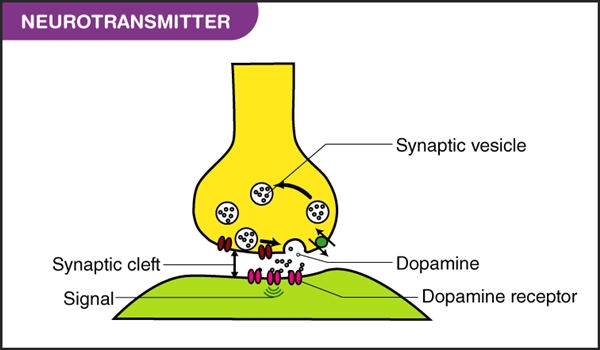I’ve been on antidepressants on and off during most of my adult life. They would keep from getting too negative, but they never really helped me feel much better.
That’s because most prescribed antidepressants are “serotonin agonists”. Serotonin is one of the chemicals produced by the brain’s neurotransmitters that calms anxiety and keeps you from feeling negative and defeatist. A “serotonin agonist” is a substance that mimics the serotonin that your synapses are releasing to add to their effectiveness in instances when they have slowed down. (That is only a layperson’s simplistic description; I am not a doctor or scientist, but I’ve done a lot of reading about the process; a visual example is at the end of this post.)
It seems to me that, just as bodily functions cease to operate at maximum efficiency as we get older (and so we take statins and blood pressure meds etc.), the functions of the brain also slow down as we age. I posit that the lack of enough serotonin available to the aged brain can be the cause of so much of the depression we see in the elderly.
Now, not being depressed is not the same as feeling content and happy. I have discovered, for my purposes, that there is a pill for that.
One of the other chemicals produced by the brain’s neurotransmitters is dopamine, which plays a role in motivation and reward-seeking behavior. And that’s the happy pill: a “dopamine agonist” that helps the neurotransmitters and synapses create the dopamine necessary to have a positive effect on mood.
Now, why aren’t both serotonin agonists and dopamine agonists prescribed together? Actually, only recently, prescriptions like Abilify, which only partially deal with dopamine, are available. But they didn’t really work for me.
So now I take one serotonin agonist and one dopamine agonist.
And now I’m writing more, launched a national petition to improve senior housing, just organized a Drum Circle at my senior center, and took on a project to write an interview of the author of Turning: The Magic and Mystery of More Days
As promised, here’s a visual of how neurotransmitters work, using dopamine as an example:

